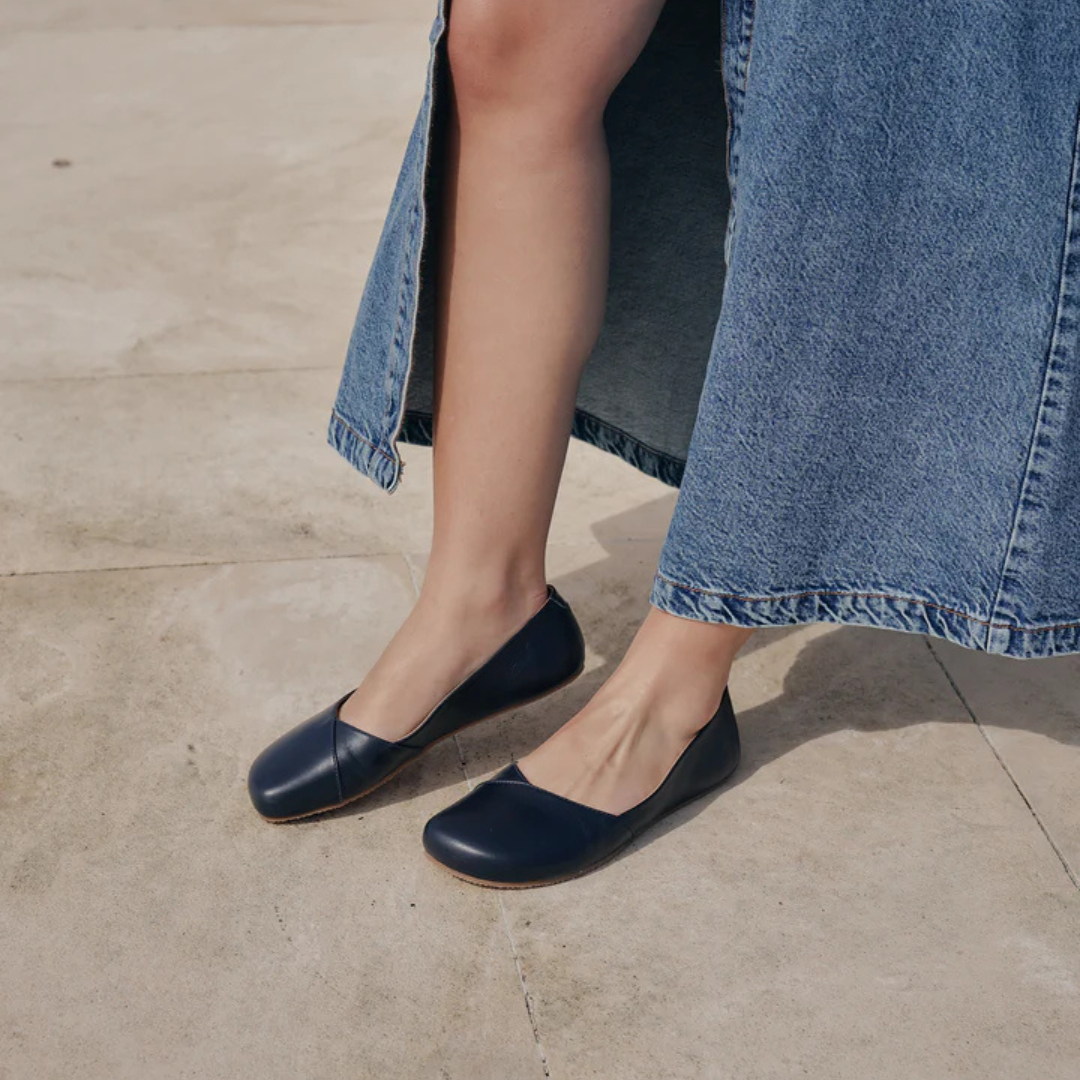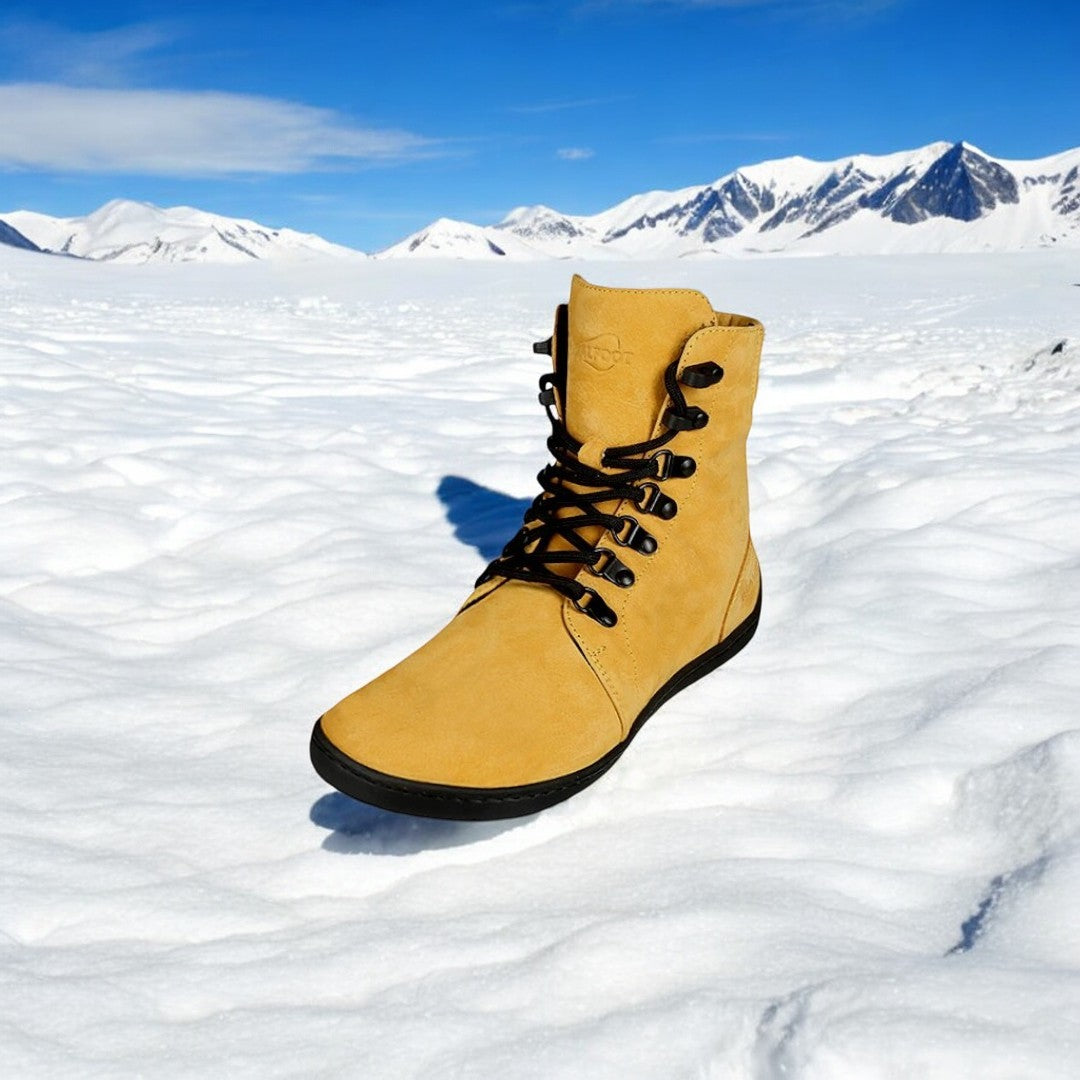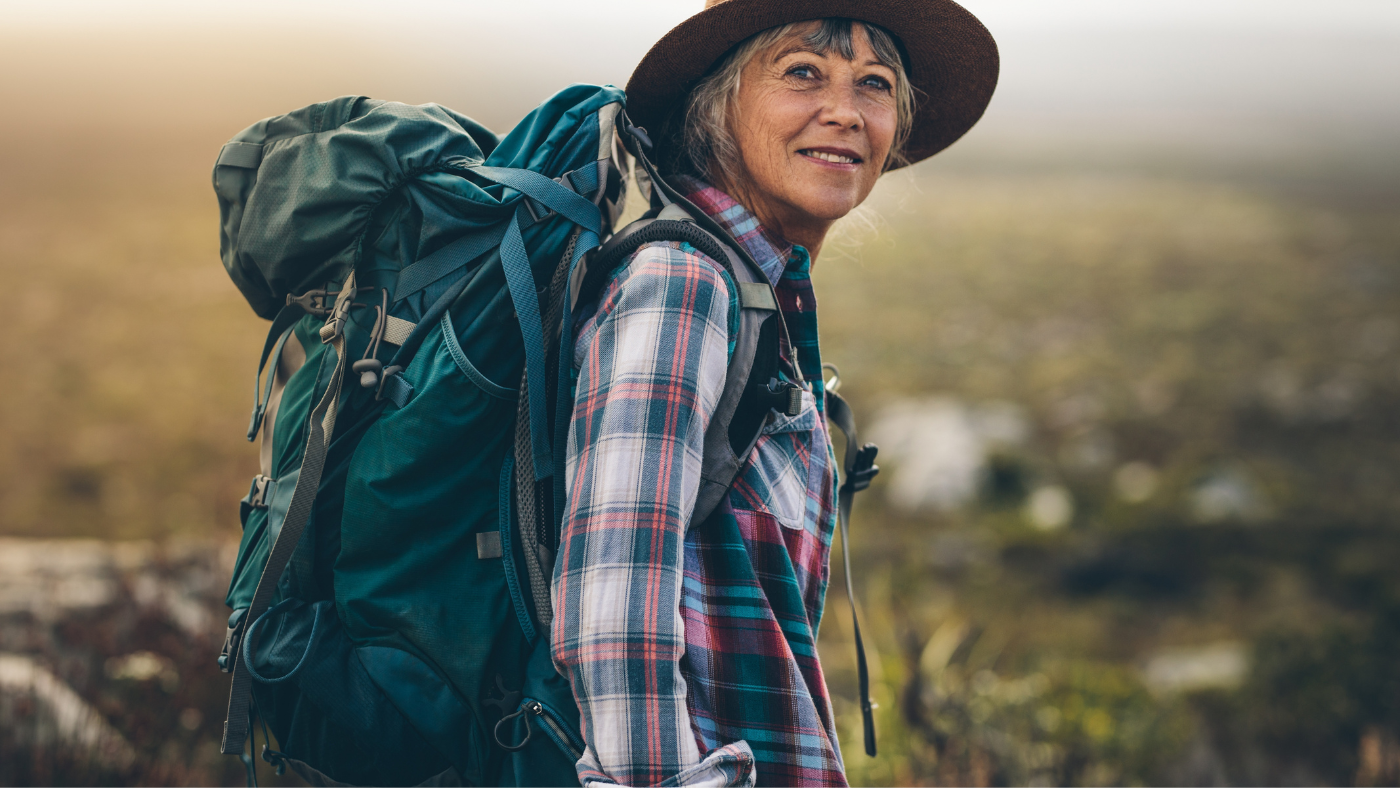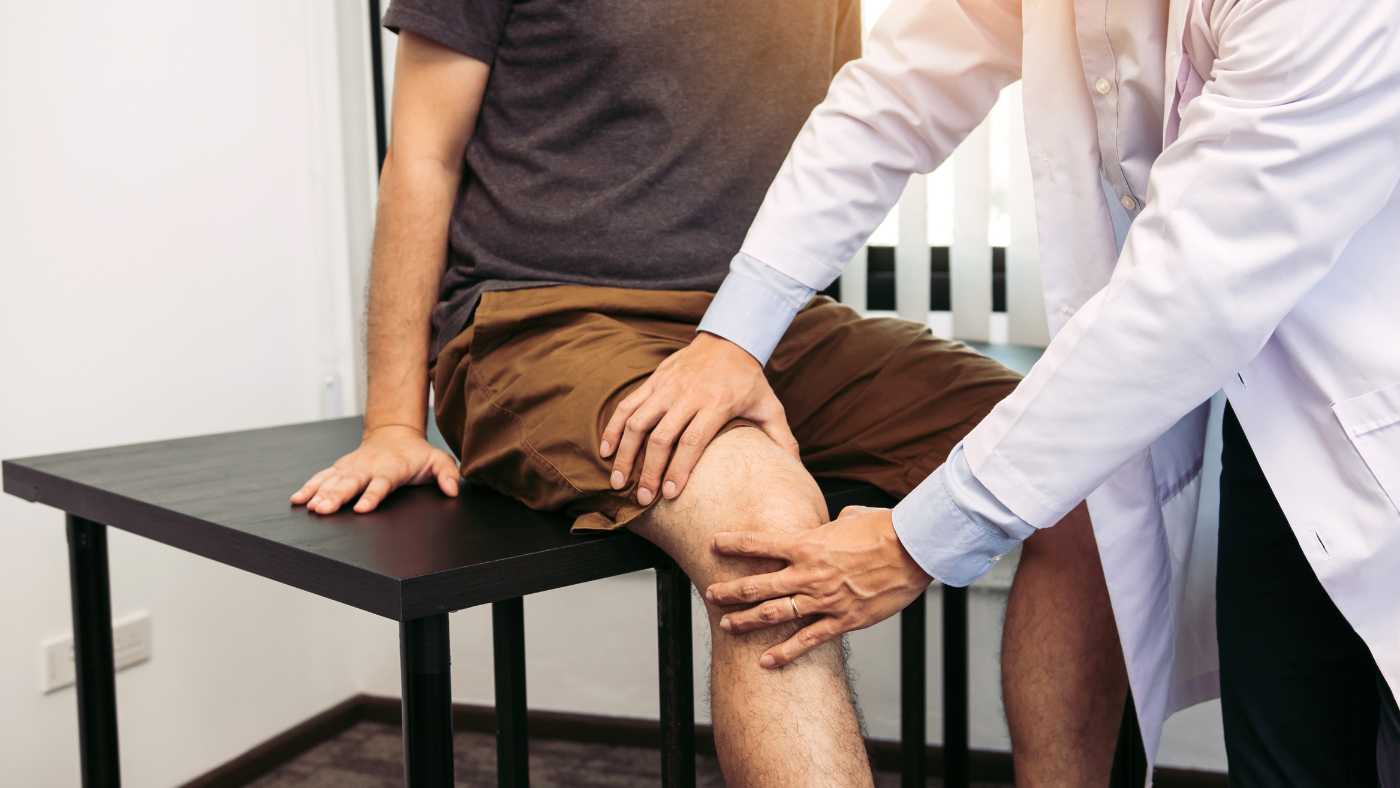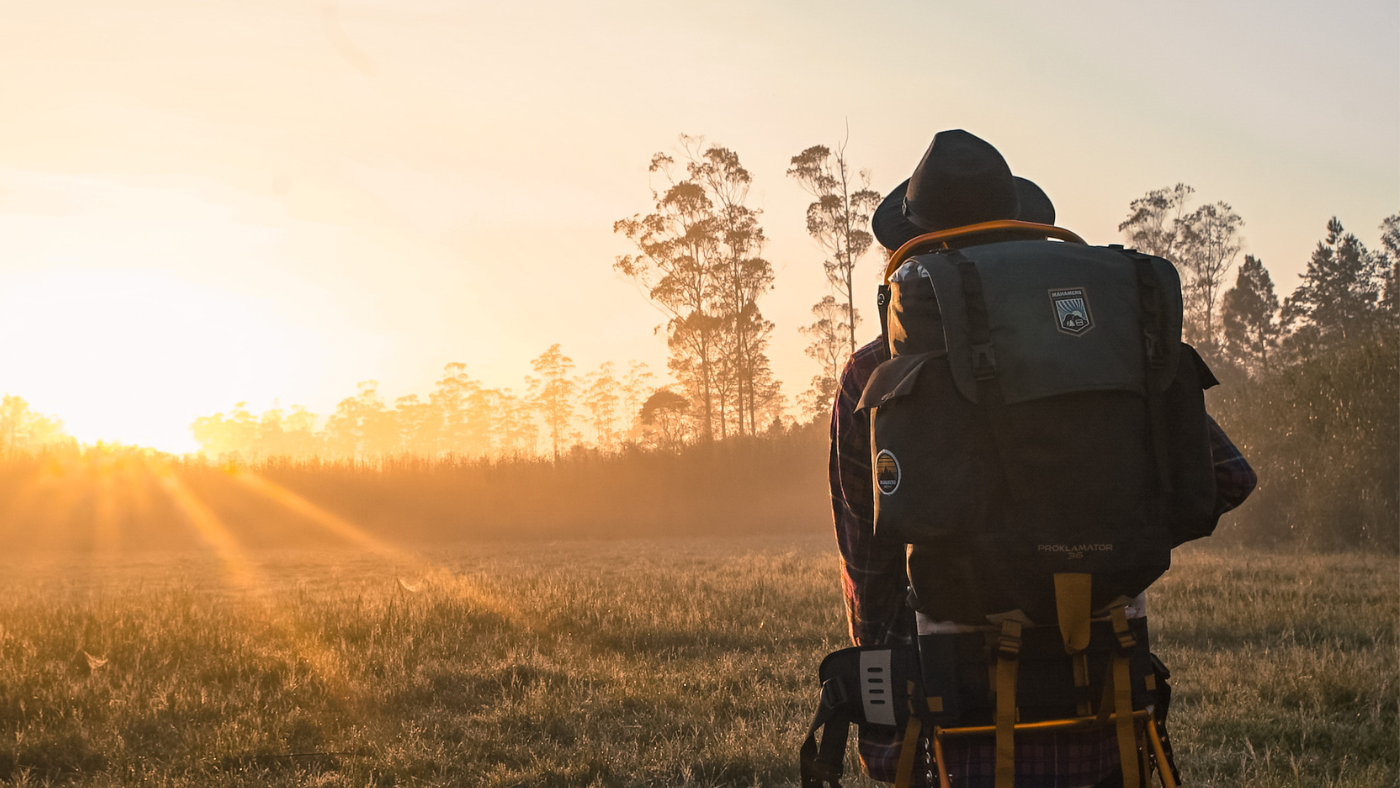Are barefoot shoes good for?
Introduction to Barefoot Shoes
Are barefoot shoes good for feet? Barefoot shoes, also known as minimalist shoes, are quickly gaining popularity among health enthusiasts and everyday people. Designed to mimic the natural feel of walking barefoot, these shoes offer minimal cushioning and a thin, flexible sole. This design aims to enable your feet to move more naturally, providing a closer connection to the ground.
Originally, barefoot shoes were popular mainly among runners, but their benefits extend far beyond hitting the trails. Many find them ideal for a variety of activities, from hiking and fitness workouts to casual, everyday wear. The minimalist design encourages better posture and alignment, as it allows your feet to move and flex as they naturally would without restrictive footwear.
So, are barefoot shoes good for feet? Unlike traditional shoes, which can alter your gait and even contribute to foot issues over time, barefoot shoes aim to support the foot's natural mechanics. They come in a variety of styles and materials, ranging from ultra-lightweight running shoes to more rugged designs suitable for different terrains and weather conditions.
The transition to barefoot shoes might take some time, especially if you've been wearing heavily cushioned footwear for years. But many people find the adjustment period well worth the effort. With benefits like improved foot strength, better balance, and reduced risk of injury, barefoot shoes offer a compelling alternative to conventional footwear. If you're interested in embracing a more natural way to move, barefoot shoes could be a valuable addition to your wardrobe.
Benefits of Barefoot Shoes
Are barefoot shoes good for feet? Barefoot shoes have surged in popularity over the past few years, and it's no wonder why. These minimalist shoes come with a host of benefits that cater to both the casual wearer and the avid athlete. Here are some of the main advantages:
- Natural Movement: Barefoot shoes encourage a more natural walking or running stride. Unlike traditional shoes, they don't interfere with the way your foot moves, allowing for a more flexible and organic motion. This can help in reducing the risk of injury by promoting proper foot mechanics.
- Strengthened Muscles: Wearing barefoot shoes can help strengthen the muscles in your feet and lower legs. Because these shoes often have little to no cushioning, your muscles have to work harder to support your body, leading to increased muscle tone and endurance.
- Improved Balance: The close-to-the-ground feel offered by barefoot shoes enhances your proprioception—the awareness of your body's position in space. This can improve your balance and coordination, which is particularly beneficial for activities such as yoga, martial arts, or any sport requiring agility.
- Posture Improvement: Barefoot shoes encourage a more upright posture. When you wear highly cushioned shoes, you might lean forward or slouch without realizing it. Barefoot shoes help align your spine and pelvis naturally, which can contribute to better overall posture.
- Economic and Environmental Benefits: Many barefoot shoes are designed to be more durable and often have eco-friendly components. This can save you money in the long run and reduce your carbon footprint compared to frequently replacing traditional shoes.
These benefits make barefoot shoes a compelling option for anyone looking to improve their foot health and overall well-being. So, are barefoot shoes good for feet? The benefits suggest they are indeed.
Potential Drawbacks and Considerations
While barefoot shoes offer various benefits, are barefoot shoes good for feet without any drawbacks? There are some potential considerations to keep in mind. One main issue is the adjustment period. Transitioning to barefoot shoes can take time, as your feet need to adapt to less support and padding. This can result in initial discomfort and even pain as your muscles and tendons strengthen.
Another consideration is the lack of cushioning. Traditional shoes often have ample padding, which helps to absorb the impact from walking or running on hard surfaces. Barefoot shoes, however, provide minimal cushioning, which might not be suitable for everyone, especially those with foot conditions like plantar fasciitis.
Additionally, barefoot shoes offer less protection from environmental hazards such as sharp objects, extreme temperatures, and rough terrain. This makes them less ideal for certain activities like hiking on rocky trails or running on hot pavement.
Cost is also a factor to consider. High-quality barefoot shoes often come with a higher price tag compared to traditional shoes. While the investment might be worth it for some, others may find the cost prohibitive.
Lastly, barefoot shoes may not be accepted in all social or professional settings. Their unique design can be a hit or miss aesthetically, and some workplaces or events may not view them as appropriate footwear.
In summary, are barefoot shoes good for feet? They can be beneficial, but they’re not without drawbacks. Proper transition, consideration of your specific foot health needs, environmental factors, and budget are all important when deciding if barefoot shoes are right for you.
Comparing Barefoot Shoes to Traditional Footwear
When deciding between barefoot shoes and traditional footwear, it’s crucial to understand how each affects your feet and posture. Are barefoot shoes good for feet compared to traditional shoes? Barefoot shoes are designed to mimic walking barefoot. They have thin, flexible soles that allow for a natural range of motion, which can strengthen foot muscles and improve balance.
Traditional shoes, on the other hand, often feature thicker soles, arch supports, and cushioned heels. While these elements provide comfort and protection, they can also limit foot mobility and, over time, may lead to weaker foot muscles and less natural walking patterns.
A key advantage of barefoot shoes is their ability to promote a more natural gait. Many wearers report improved posture and less joint pain, especially in the ankles, knees, and hips. Traditional shoes, especially those with high heels or excessive arch support, can sometimes contribute to poor alignment and discomfort over long periods.
However, barefoot shoes aren’t without their drawbacks. Adjusting to them requires a transition period. Suddenly switching from traditional shoes to barefoot shoes can lead to discomfort or even injury if not done gradually. Those with pre-existing foot conditions like plantar fasciitis may find that barefoot shoes do not offer enough support.
Ultimately, are barefoot shoes good for feet? The choice between barefoot shoes and traditional footwear depends on your personal needs and lifestyle. If you want to enhance your foot strength and improve natural movement, barefoot shoes are worth a try. For those needing extra support and cushioning, sticking to traditional shoes might be the better option.
How to Choose the Right Barefoot Shoe for You
Choosing the right barefoot shoe is essential for reaping the benefits of this unique footwear style. Firstly, ensure that the shoe fits well. A proper barefoot shoe should have ample room for your toes to splay naturally and should mimic the shape of your foot closely. Look for a wide toe box and minimal cushioning, as these features allow for better ground feel and improved balance.
Next, consider the thickness of the sole. Barefoot shoes come with varying sole thicknesses, so choose one that matches your activity level and environment. For serious runners or trail hikers, a slightly thicker sole might offer the extra protection needed against rough terrain. Conversely, for everyday wear or gym workouts, a thinner sole can provide better flexibility and a more natural feel.
The material of the shoe is another important factor. Breathable, lightweight materials are ideal for comfort and durability. Look for options that offer quick-drying properties if you plan to use them in varying weather conditions.
Additionally, consider the level of arch support you need. True barefoot shoes typically offer minimal to no arch support, encouraging your feet to strengthen on their own. However, if you have specific foot issues, you might need a transitional barefoot shoe that offers some support while you adapt.
Lastly, try on multiple brands and styles to find one that fits you best. Personal comfort is key, and what works for someone else might not be right for you. Armed with these tips, you're well on your way to finding the perfect pair of barefoot shoes tailored to your needs.
Conclusion: Are Barefoot Shoes Worth It?
Barefoot shoes have gained popularity in recent years due to their unique design and the benefits they offer. These shoes are known for promoting natural movement by mimicking the feeling of walking barefoot. But, are barefoot shoes good for feet and worth the investment?
The answer largely depends on your individual needs and lifestyle. If you're looking for a way to strengthen your feet and improve balance, barefoot shoes could be a valuable addition to your wardrobe. Many users report that these shoes help improve posture and reduce foot pain over time. Additionally, barefoot shoes are designed to enhance sensory feedback, which can be especially beneficial for athletes and fitness enthusiasts.
However, it's essential to consider that barefoot shoes may not be suitable for everyone. Some people might find the transition to this type of footwear challenging and uncomfortable at first. It's crucial to start slowly and allow your body time to adapt. If you have pre-existing foot conditions or require additional support, you should consult with a healthcare professional before making the switch.
When compared to traditional footwear, barefoot shoes offer a different experience that some find liberating and more in tune with natural biomechanics. That said, traditional shoes provide cushioning and support that might be necessary for specific activities or health needs.
In conclusion, are barefoot shoes good for feet? Investing in barefoot shoes can be worthwhile if you are looking to improve foot health and biomechanics. Do thorough research, and consider personal health needs, before making the purchase. This thoughtful approach will ensure you find the right balance for your feet.



